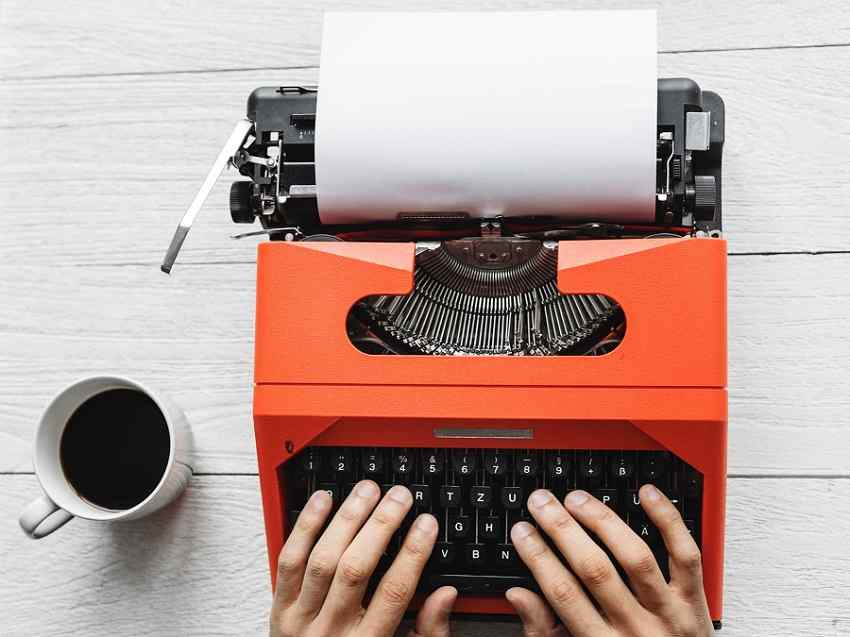If you are a student or a recent graduate, you are probably an expert at academic writing. But have you heard about belles lettres writing technique? It is a special approach that implicates fine or beautiful writing that nurtures aesthetics rather than functionality.
In this article, we are focusing on this approach. You will discover the basics of belles lettres and its main features, as well as learn more about how to successfully adopt this style.

Table of Contents
What You Should Know Before You Write Belles Letter
Belles letter is a French word, which is why its pronunciation may be difficult. However, it is a synonym for beautiful and aesthetically attractive writings.
You can’t put this style into any of the categories, such as drama or poetry. That is because it applies to any literary category. You can use it in fiction novels, or use this style when writing an essay (keep in mind that it should fit the requirements if there are any).
The short explanation would be that belles letter focuses on the aesthetic part, and puts practical application second. That means the writing doesn’t have to be solely informative. Instead, the writer is welcome to use words that would beautify the sentences. The definition varies, but many encyclopedias mention that belles lettres is unique because it leaves a lot to the imagination instead of strictly following outlines.
If you want to give this style a shot, let’s take a look at some secrets that will help you to be successful.
#1: Find a Well-Written Belles Lettres Sample
The first step in preparing yourself to enter the ‘belles letter’ world is to read the works of experienced authors. There is no better way to see how your final product should look like than checking out the work of the best ones out there. Even the famous belletrist Michael Moorcock emphasizes the importance of reading. He even suggests that you should go beyond your genre. For example, if you want to write a medieval fantasy novel, historic books may help to learn about the culture at the time.
Here are some popular belletrists whose examples you may want to read:
- Danielle Steel;
- Agatha Christie;
- Sidney Sheldon;
- K. Rowling;
- Nora Roberts;
- Steven King;
- Paulo Coelho
You can also find 10 belles lettres writing tips based on well-written samples online, and these practical guidelines and custom written papers can be very helpful during the process of creating belles lettres collection.
#2: Eliminate any Distractions
If you were ever working on a college assignment, you know how difficult it is to complete it when you face distractions. The truth is that you should avoid anything that disrupts concentration even if you are writing a simple letter, let alone a novel. Zadie Smith recommends keeping everybody away from your writing time and space, including people closest to you. Set aside the time to work on your project, and forget about the society. You also want to disconnect from the world by turning off your cellphone and disabling internet connection.
#3: Don’t Be Afraid of Being Subjective
College may have taught you to do thorough research and stay unbiased and objective when writing. That is not a requirement in belles letter. You can express your opinions or create characters that would express particular opinions. That doesn’t mean you shouldn’t do proper research about the topic you selected. It will help you to ensure that you didn’t insert false facts as that is different from expressing opinions.
Finally, don’t be scared of covering topics that modern society considers to be controversial. Not only it is a great way to attract attention, but you also have the opportunity to affect public opinion about the topic. You can consider implementing a certain level of humor if your work seems too serious.
#4: Get in Touch with Your Emotions
Robert Frost said that only the writer’s tears lead to readers’ tears, and he was on point. That is why it is vital to get in touch with your emotions. Since belles letter is an imaginative and artistic form, it is only natural that it causes an emotional reaction. Even from the starting idea or summary, you should have an idea about a twist or two, or major scenes that will happen. You should aim to shock the reader in a suitable way – find a phrase that will make them laugh, cry, or be surprised.
#5: Be Expressive and Don’t Be Afraid to Write
Jonathan Franzen mentions that interesting verbs are not always interesting, which is why you should be creative and use “fancy” words. At the same time, Anton Chekhov explains the goal of belles lettres by saying that he wants to know about the glint of light on glass rather than learning that the moon is shining. The idea is to be as expressive as possible. You should be descriptive, and you shouldn’t be afraid to write more than necessary. You can even consider reading everything again and replacing some words you originally wrote.
#6: Rely on “Trust Readers”
Each writer has at least a couple of trust readers, which are there to offer their opinions on the quality of the work. You should make sure that these are persons you trust, and those that won’t say that your sample is bad without a valid reason. You do not have to finish an entire essay or novel to give them to your trust readers for review. They will check it out, and offer their advice on how to improve the work. Don’t forget to use a free grammar checker, which is a service that can assist you in eliminating wrongly typed letters and sentences, and other grammar errors.
#7: Enjoy Writing Every Day
You may seem that this is redundant advice, but it is vital to keep your pencil sharp every day. Stephen King said that he doesn’t wait for inspiration to strike, but gets up and “goes to work.” It is why it is essential to appreciate writing and enjoy it.
Belles letter may be an entirely different approach compared to the papers you do at college. If you are a fan of descriptive and aesthetically attractive writing, you should give a shot to this style. With the help of secrets shared by successful writers, you may even become one of the best-selling authors out there!


